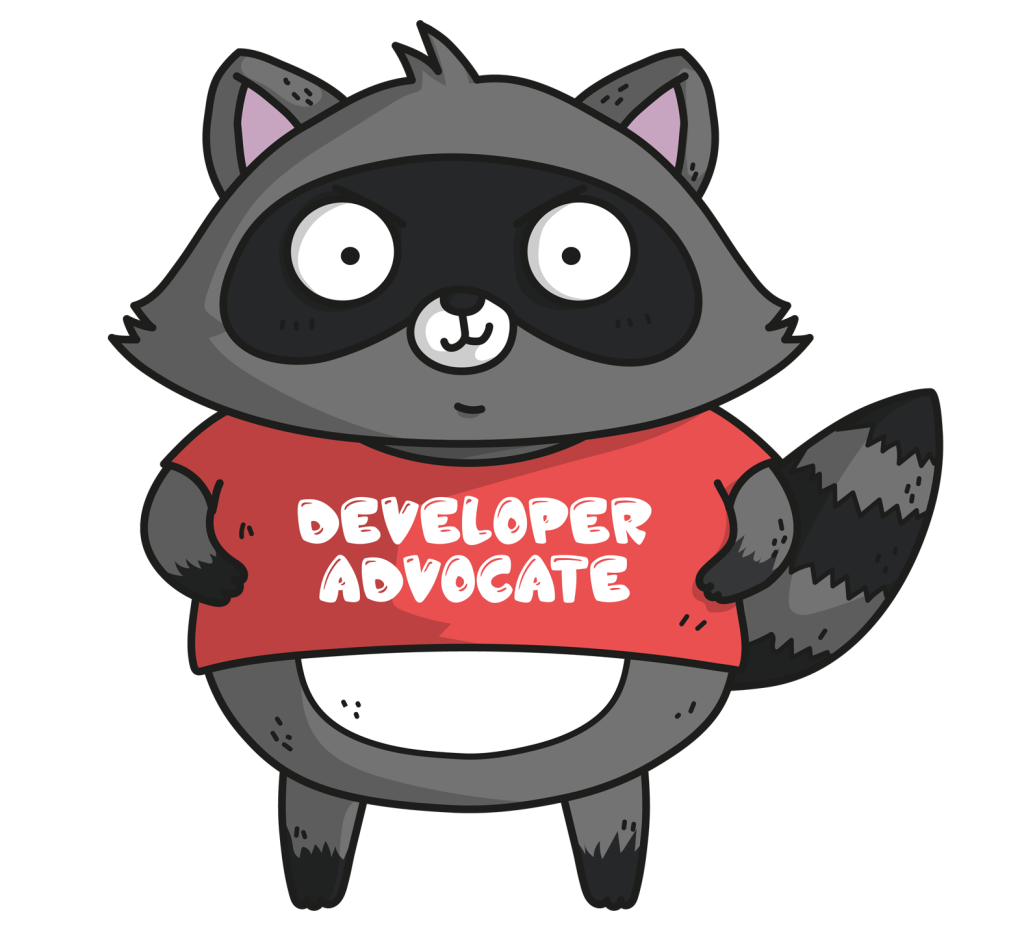I’m very excited to announce that today is my first day as a Cloud Developer Advocate at Microsoft, focused on Teams and Graph development! I wasn’t even looking, but a friend mentioned it and when I read the job description … well it was just too good of a fit.
Do you find yourself building Bots? Are you excited about integrating Microsoft Graph data into line of business applications? Are you extending Teams with your custom application? Are you spending time with SharePoint or Azure Active Directory? Find yourself excited about the latest Microsoft Graph schemas? … Use tools like curl and OAuth? Spend your free time pouring over the latest research on collaboration software?
Yes, yes, yes to all of the above! Me, pick me! And I’m thrilled that they did!
What is this new job?

The Cloud Advocates team is technically in the Azure organization, ultimately reporting to Scott Guthrie, which is prety exciting in itself. The goal (as well as I understand it on my very first day!) is to help developers succeed in the Microsoft cloud – all developers, from enterprises to partners to startups to students. Recently, the Cloud Advocates team expanded beyond Azure to also include Power Platform, and now Microsoft 365.
In this new role I expect to be:
- Creating written content, videos, and samples that help people learn how to develop collaborative apps using Microsoft 365.
- Speaking at conferences, meetups, coding boot camps, online forums, Twitter, Stack Overflow, Hacker News, and more.
- Collecting and prioritizing product feedback and technical blockers with engineering.
So it’s not that different than what I was already doing, right? But on a larger scale. And some things I was doing on an extracurricular basis will become part of my day job, which is awesome.
I’m extremely thankful, especially in such challenging times, to have such a wonderful opportunity. Many thanks to all my colleagues in the One Commercial Partner Technical Team (OCPTT), and to all the awesome partners I’ve gotten to work with over the last 2 1/2 years. It’s been a lot of fun and I’ve learned so much from you all! I look forward to continuing to work with you as part of my new role.
And to all my friends in the wonderful SharePoint/M365 community – I hope to see more of you all than ever and work together on exciting new developer scenarios. The journey is only beginning!




